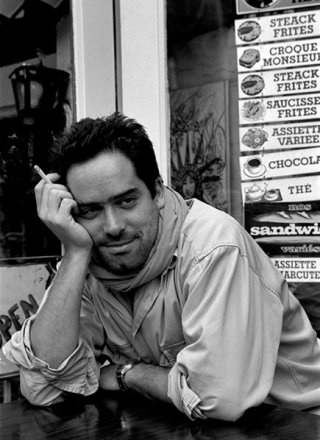
Daghestan: a string of languages
Thomas Dworzak
Wostok Press
The legend says that when he was busy creating the world, God spilled a handful of peppercorns which fell onto the mountains of Caucasia. Each peppercorn gave birth to a people, and that is why this is where the widest variety of ethnic groups is to be found: 2 million people belonging to 40 different groups, all concentrated over a very small territory.
Over the past few years, I have spent several months travelling through the Daghestan Republic in the northern Caucasus, located along the southernmost border of Russia.
Preview
As my fascination for the country's cultural diversity grew, I became increasingly interested in the revival of ancient traditions, pagan rituals, ancestral customs, celebrations commemorating the struggle of these ethnic groups against Russian colonialism, and in everyday life in general. Today, ancient religious traditions co-exist alongside the remnants of communist propaganda.
Most of the ethnic groups are Sunni Muslims, who also practise Sufism, a mystic form of Islam. In the mountains, each village is made up of a single ethnic group. As each has its own language, communication is difficult and made possible only by Russian.
During my various stays in the Republic, I was frequently arrested, interrogated and detained by the security forces, a hangover of the Cold War. Thanks to the hospitality of the village people, whose code of honour states that guests are a gift of God, I was able to complete my project, in circumstances otherwise unfavourable to journalists.
Thomas Dworzak
